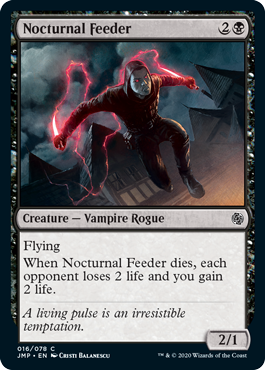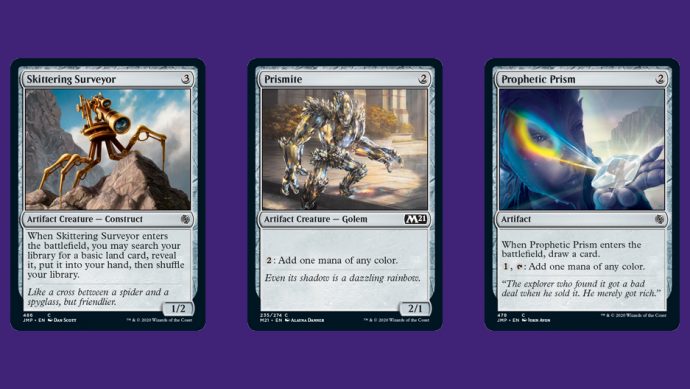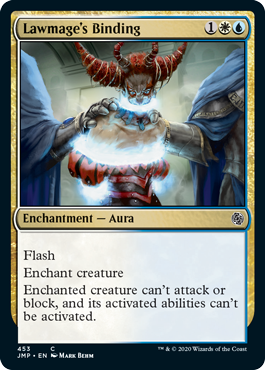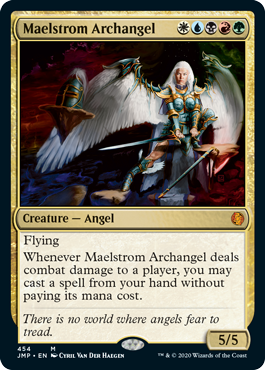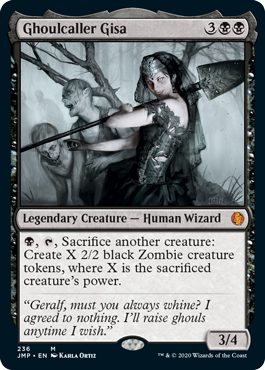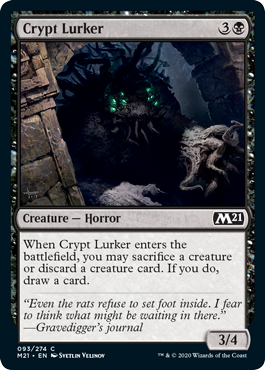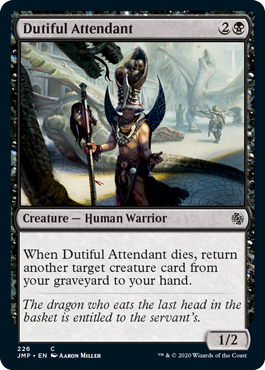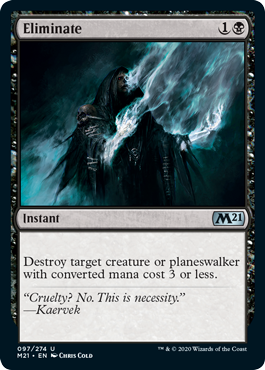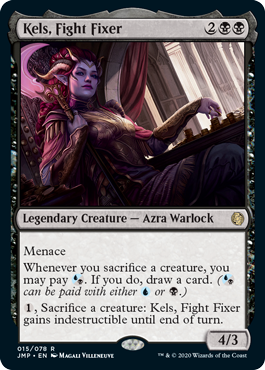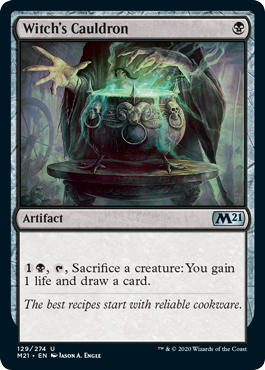But first, a quick explanation of what themes are. Each Jumpstart pack contains 20 cards based on a specific theme taken from across Magic history. Cats? They’re in. Lightning? Covered. Vampires, wolves. If it’s a thing in Magic’s world it’s probably represented in the form of reprints of old cards as well as a sprinkling of new ones.
One of the interesting things about the way themes are set up in Jumpstart is that Wizards of the Coast have given them rarity. Across the 121 unique packs that Jumpstart comprises some themes are only represented once, while there are multiple variations of others. Here we can exclusively reveal two themes, Minions, which is one of the commonest, and Rainbow, which is one of the very rarest. Read on for our chat with Wizards Of The Coast about a handful of specific cards, or hit the links to go straight to the card preview images for the whole sets.
Rainbow cards Minions cards
Minions
Minions is one of the commonest themes in Jumpstart, with four variations of its cards across the 121 packs. It’s a fun performer that’s all about sacrificing creatures for bonuses (and often bringing them back again). But as Wizards put it together, they found that the cards they pulled from Magic’s archives didn’t quite fill out the range. “Some of the cards needed to work across different themes and we needed to make sure they combine in satisfying ways and that each theme could deliver on its own,” explains Mark Heggen. “So we were putting together this puzzle and in the end there were still some missing pieces.” So, the theme includes two new cards, examples of the massive complexity that’s invoked by bringing new cards into the game.
Kels Fight Fixer
Kel Fight Fixer is a headliner for two of the Minions variants with decent attack for her cost, especially since her Menace ability means your opponent can only block her by committing two blockers. But her core ability is to let you draw a card for one black or blue mana whenever you sacrifice one of your creatures. “If you look at the rest of the pack, that overlaps with a tonne of other stuff. Your creatures are going to be sacrificed left and right so you’ll have lots of opportunities to do this.” She’s a survivor, too: at any time, you can sacrifice a creature and pay one mana to make her indestructible until the end of the turn, like she’s using its corpse as a shield. “We wanted to make sure this card would do its job in the pack, but also that it had a lot of life outside it,” says Heggen. “All the new cards we’ve made we considered for a future in Commander [a Magic format in which your deck features a legendary creature], rather than to impact on our high-level competitive play. Kels’ origins were in asking, what about a sacrifice commander, someone you can build a pack around?”
Nocturnal Feeder
This workhorse features in all four variants of the Minions packs, a basic card that’s there to be sacrificed to enable your more powerful cards, like Kels, while dealing damage to your opponent and restoring your own life. It’s also an example of the galaxy-brain thinking Wizards of the Coast have to apply to new cards so they fit into their game-wide rules around rarity. “Any time we put new cards into Magic we think about how many we’re putting in. Nocturnal Feeder is a Common card; if we only put it in a single packet then it’d be as rare as the Rare cards we’re putting in. But if we can find a home for it across multiple packets then we could print more versions and it’d stay true to our rules of rarity.” So, as a low power card with an ability that triggers on death, Nocturnal Feeder works well for the Minions packs, but by giving making it a Vampire and Rogue type, Wizards were also able to slot into those themes, too. This simple-seeming card has multiple roles. “It’s working on multiple levels and reaching across packs to do double or - this case - triple duty. This is the kind of thing where I was in the room as the teams were coming up with these solutions. It’s way above my head. They’re playing 3D chess and it’s really a sight to behold.”
Rainbow
While most themes only consist of one colour to ensure you’ll have the mana to be able to cast their cards, there’s an extremely rare theme – just one exists across all 121 packs – that consists of all the colours. “I tell you, when you tear open a pack and you see you have the Rainbow theme, it’s an exciting moment because you’re in for a wild ride,” says Heggen. “It plays like nothing else in Jumpstart.” Its cards consist of two types. There are huge, powerful payoff cards which cost all the mana colours to cast, and there are the cards that fix things so you have those colours available. It’s high-risk stuff, but when you pull it off you get to play cards like Maelstrom Archangel. “All five colours is the most difficult casting cost you can possibly put on a Magic card,” says Heggen. But in return you get a creature with Flying (so it can’t be blocked by creatures unless they also fly or have special abilities), and whenever it deals damage to your opponent you get to cast a spell for free. To get to a place in which you can play it, though, you’ll need cards like Prismite and Prophetic Prism, which allow you to pay mana in order to gain mana of any colour, and Skittering Surveyor, which lets you look through your deck for a land card of your choice and put it in your hand.
“It’s a very different style, a different attitude for a pack. Most themes are straightforward; they’re one colour and there’s not a lot of question about how you’re going to use it. Rainbow asks you to play on this whole different axis where you’re working so hard to get everything up and running, and when you have all five colours you’ve pushed the go button and you’re playing these gigantic game-winning cards.” Below you’ll find preview images of 15 Rainbow cards and 14 Minion cards, presented in as best a format as the website is able.
Rainbow cards


